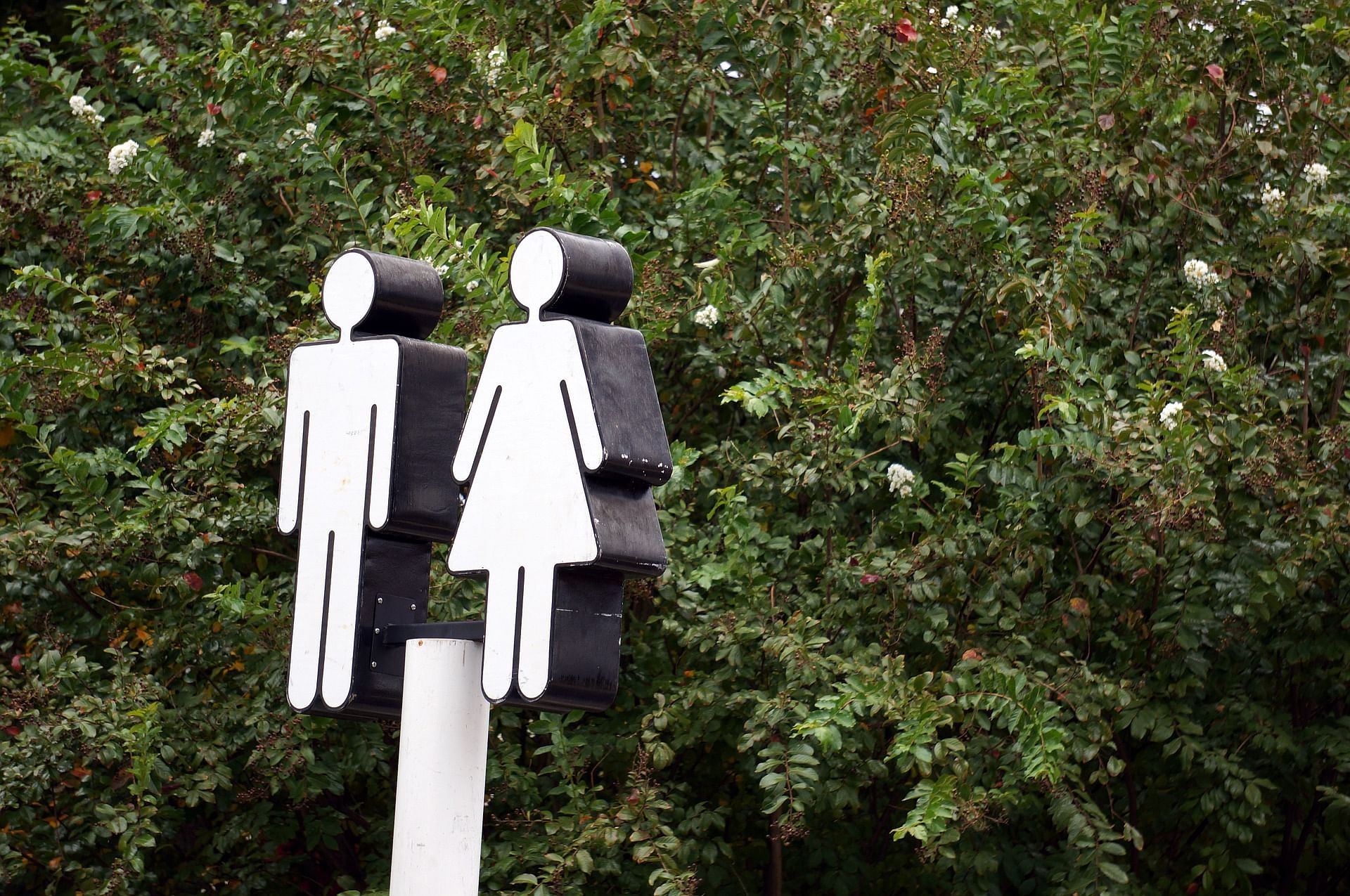
No way! We are almost 250 years away from achieving any semblance of it, says the World Economic Forum’s (WEF) global gender gap report 2020.
India has slipped four notches below in overall ranking, from 108th in 2018 to 112th in 2019 among 153 countries evaluated. In women’s economic participation and opportunity, it is among the bottom-five countries and is the only country where the economic gender gap is larger than the political one: Less than 25% of women are actively engaged in the labour market (men: 82%). In terms of female income, it is a mere 20% of male income, as per the WEF.
Now, the NSO’s Periodic Labour Force Survey (PLFS), 2017-18, estimated that India had, for the last 15 years, around 23.3% female labour force participation rate (FLFPR). The findings of the three rounds of the National Sample Survey from 1987 to 2011 also revealed a decline in rural FLFPR from 55% in 1987 and to 44% by 2011, mostly led by married women.
The low FLFPR in India is attributed to four key factors, such as the rising educational enrolment of young women, increased household incomes or “income effect”, inability of the Indian economy to absorb more women, especially in rural areas, and also under-reporting of women’s contribution in official statistics. Studies talk of a U-shaped relationship between women’s education and their participation in the labour market, more so in rural areas, where women’s inability to garner high returns compels them to spend more time in home production and child-care. Engagement in domestic work as the primary activity increased from 55% in 1987 to 69% in 2011. Moreover, women have been found not to be keen to work as unpaid or casual workers. Since the scope for paid work, like under the MGNREGA, is limited in rural areas, they eventually have been crowded out of the labour market.
India also couldn’t capitalise on positive gains, like prolonged high growth rates, declining fertility and maternal mortality rates, increasing women’s educational attainment, etc., and thus has only about a third of its adult female population in the labour force. It is likely to have more than 70 million additional job aspirants by 2023, says a recent study of the Skills Development Corporation (NSDC).
Bangladesh, which leads the region, ranked 50 on the gender gap report, has 36% female labour force participation rate.
A 2013 ILO study found that ‘women’s labour force participation in Bangladesh rose alongside the accelerated economic growth since the 1990s, in contrast to India’. Since the mid-1980s, there was a substantial increase in female employment in the labour-intensive, export-oriented readymade garment sector (RMG), compared to India’s, which is guided by different labour laws.
The RMG sector accounted for nearly two-thirds of total female employment in urban areas and changed the lives of poor women with little education and skills. The rapid expansion of micro-finance in rural areas has also supported women’s employment in poultry and livestock.
However, on the flip side, the ongoing sluggish private sector investment, the slowdown of the RMG sector and poor performance of non-RMG exports have exposed women to increasing vulnerabilities. Experts also say that the economy of Bangladesh as a whole and women’s employment in urban areas, in particular, are “too dependent on a single industry’’ and that “women need tertiary education and need-based skills apart from primary and secondary education…”
Unlike India, Bangladesh is now seeing a falling trend in urban women’s employment from 34.5% in 2010 to 31% in 2017, and a rise in rural women’s participation rate from 36.4% to 38.6%, according to a recent report of the Centre for Development and Employment Research (CDER) and the FES (Friedrich-Ebert-Stiftung). The access to micro-finance has helped rural women to start non-farm, self-employment ventures while urban women barely get such financial support, the report indicated.
Further, a joint analysis by the WEF and LinkedIn says that “globally, women are heavily under-represented in most emerging professions…like in cloud computing job cluster, only 12%, engineering 15% and data and AI 26%…and to hardwire gender equality into future workforces, they should be equipped with disruptive technical skills…”
In 2019, a Deloitte report also brought to attention that India has “about 95%, or 195 million women, in the unorganised sector or in unpaid work” and called for “overhauling the entire education ecosystem…with the introduction of digital and STEM (science, technology, engineering and mathematics) education in schools to enable girls to opt for various career choices, instead of remaining in low-skills and low-paying jobs’.
Gender parity at the workplace will remain a distant dream unless women can meet the challenges of the fourth industrial revolution.
(The writer is a retired Indian Information Service Officer and a media educator)